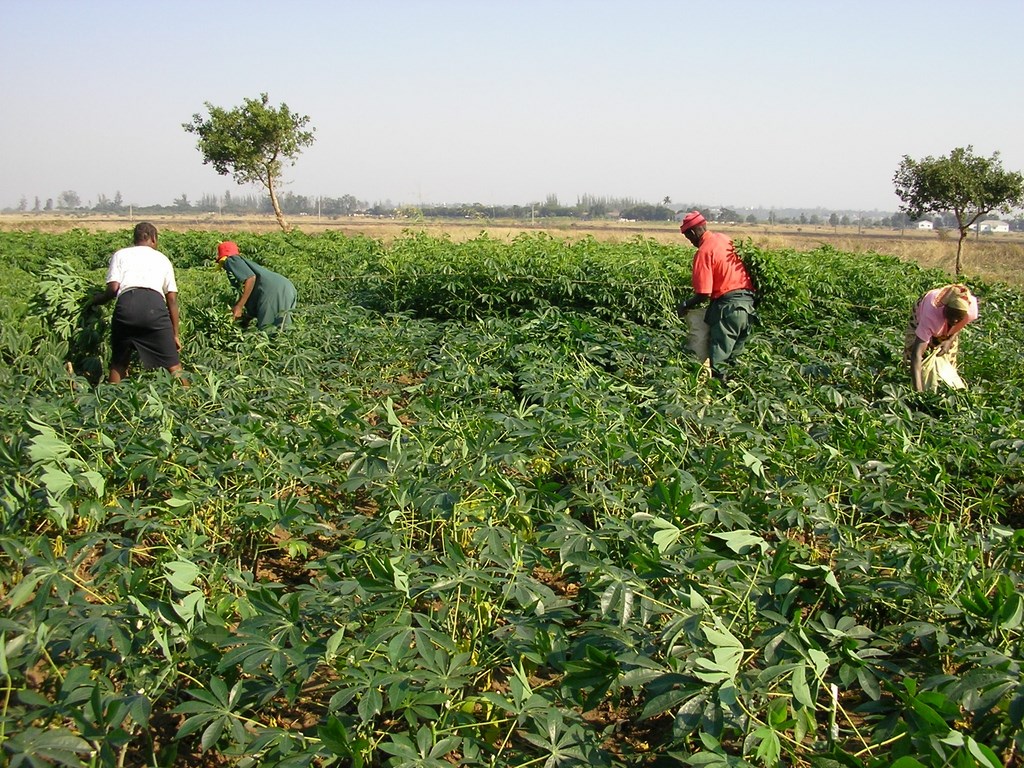While the main source of income for cassava farmers in Tanzania is through the sale of cassava roots, the leaves which are edible and rich in protein and vitamins are becoming increasingly important. However, trade in the leaves is less developed and experiences many challenges including volatility in prices and a lack of market information. Furthermore, the women play a major role in the production and processing of cassava leaves but they are not engaged on the commercial side.
This is according to Karolin Anderson, who is conducting a study to explore and describe the cassava leaves value chain and, at the same time, looking into gender relations. Karolin is an MSc student of Agricultural Development from the University of Copenhagen, Denmark, co-supervised by scientists at IITA-Tanzania. Karolin, who has been in Tanzania for three months in Kimwamindi and Nyamakalago villages in Mkuranga district, recently presented her preliminary findings at a seminar at IITA-Tanzania.
“Scientific studies show that 100 g of cooked cassava leaves provides about 3.7 g of protein which is pretty good for a green leafy vegetable. They contain essential amino acids such as lysine, isoleucine, leucine, valine, and lots of arginine — which are not common in green leafy plants thus making cassava leaves a great protein source,” she said. “They contain vitamins and can play a key role in improving the nutritional status of farming communities.”
She said although there had been a steady increase in trade in cassava leaves which are found in supermarkets and the local markets and a corresponding increase in demand, the farmers complained that they lacked sufficient information on markets.
Nearly half of the farmers interviewed who sell the fresh leaves sold only one-half of what they produced and the other half was for home use. This was due to insufficient market information for a majority of them. Market prices were also unstable, which discouraged many of the farmers from engaging in producing cassava leaves for commercial purposes. Other challenges identified were the lack of processing technology and the low level of awareness about their potential value.
In terms of gender roles, Karolin said women were more engaged in the production and processing of cassava leaves than men but occupied less in their trade in the markets. The women were engaged in the harvesting and grinding of the leaves which was also done only by female retailers. In 62% of the households that were engaged in cassava leaves production the processing was all done by women. Responsibilities at home, lack of business skills, low confidence, and negative cultural norms were some of the factors that limited women’s engagement in this trade.
Karolin said the cultural norms that undermined women’s participation in the commercial trade in cassava leaves should be discouraged and men encouraged to support women’s engagement in markets. This in turn would speed up efforts to tackle hunger and poverty.





No Comments